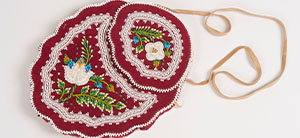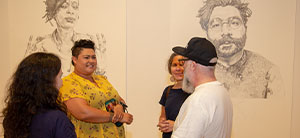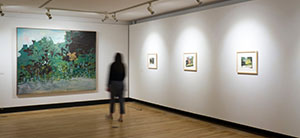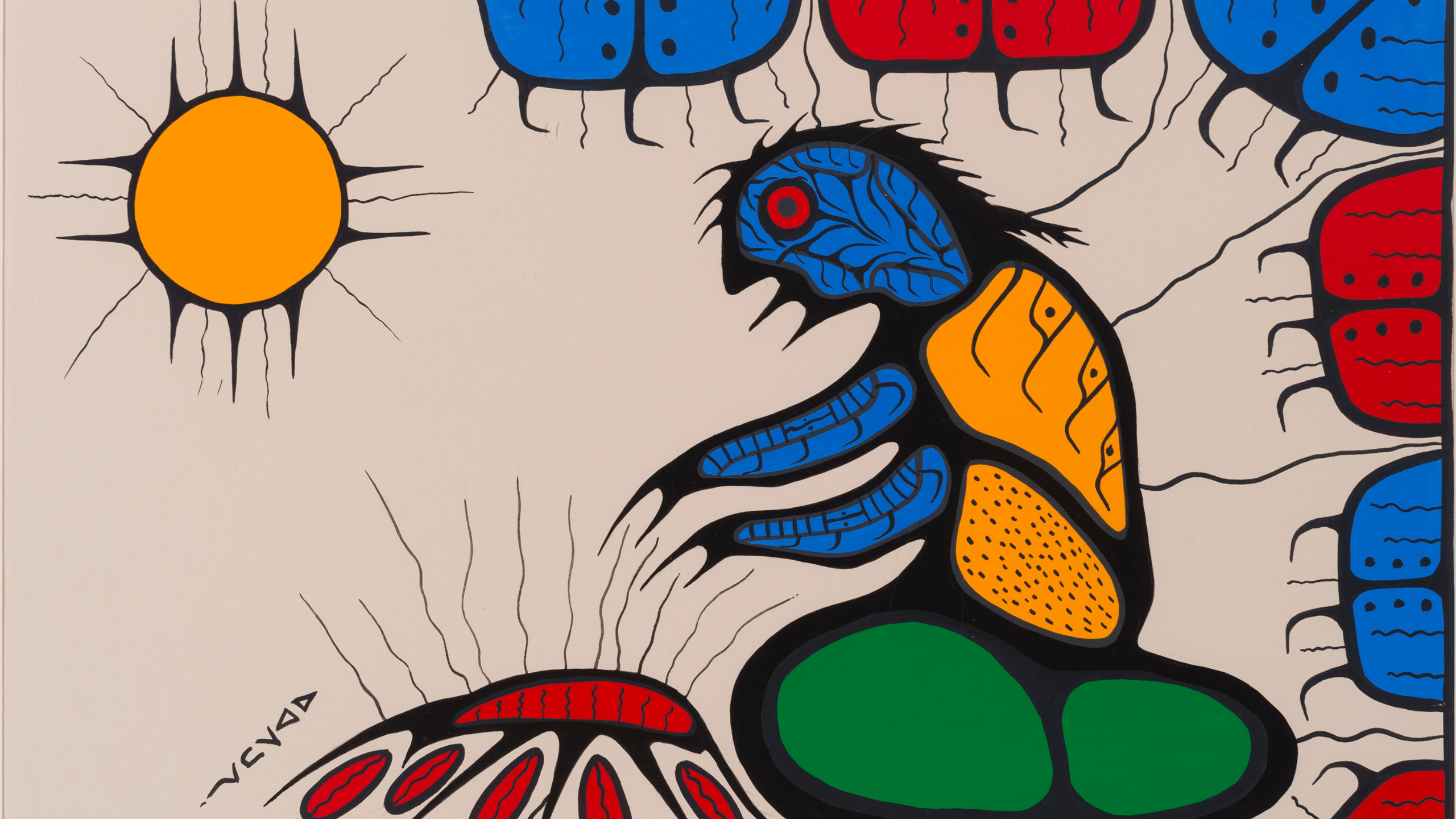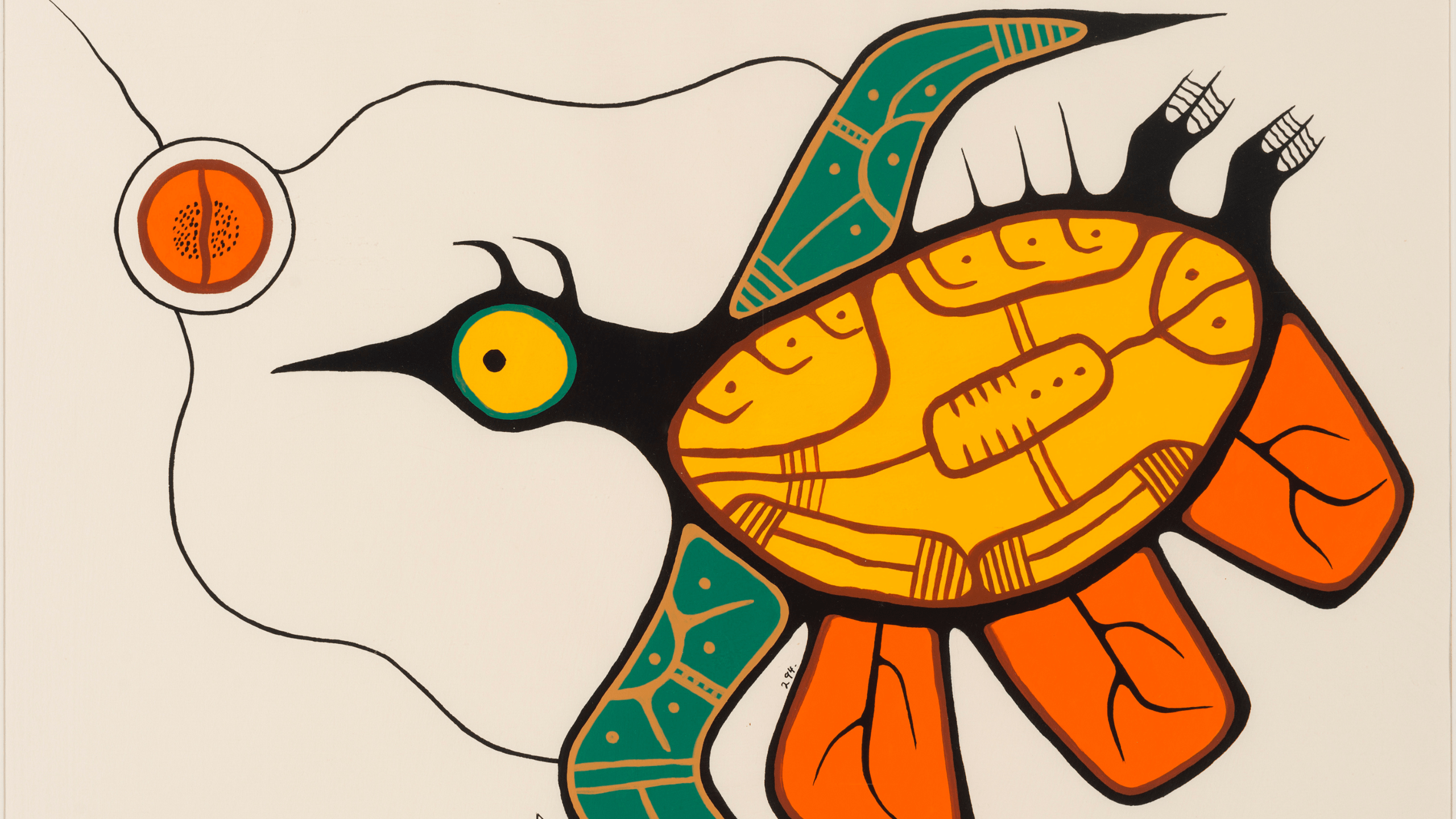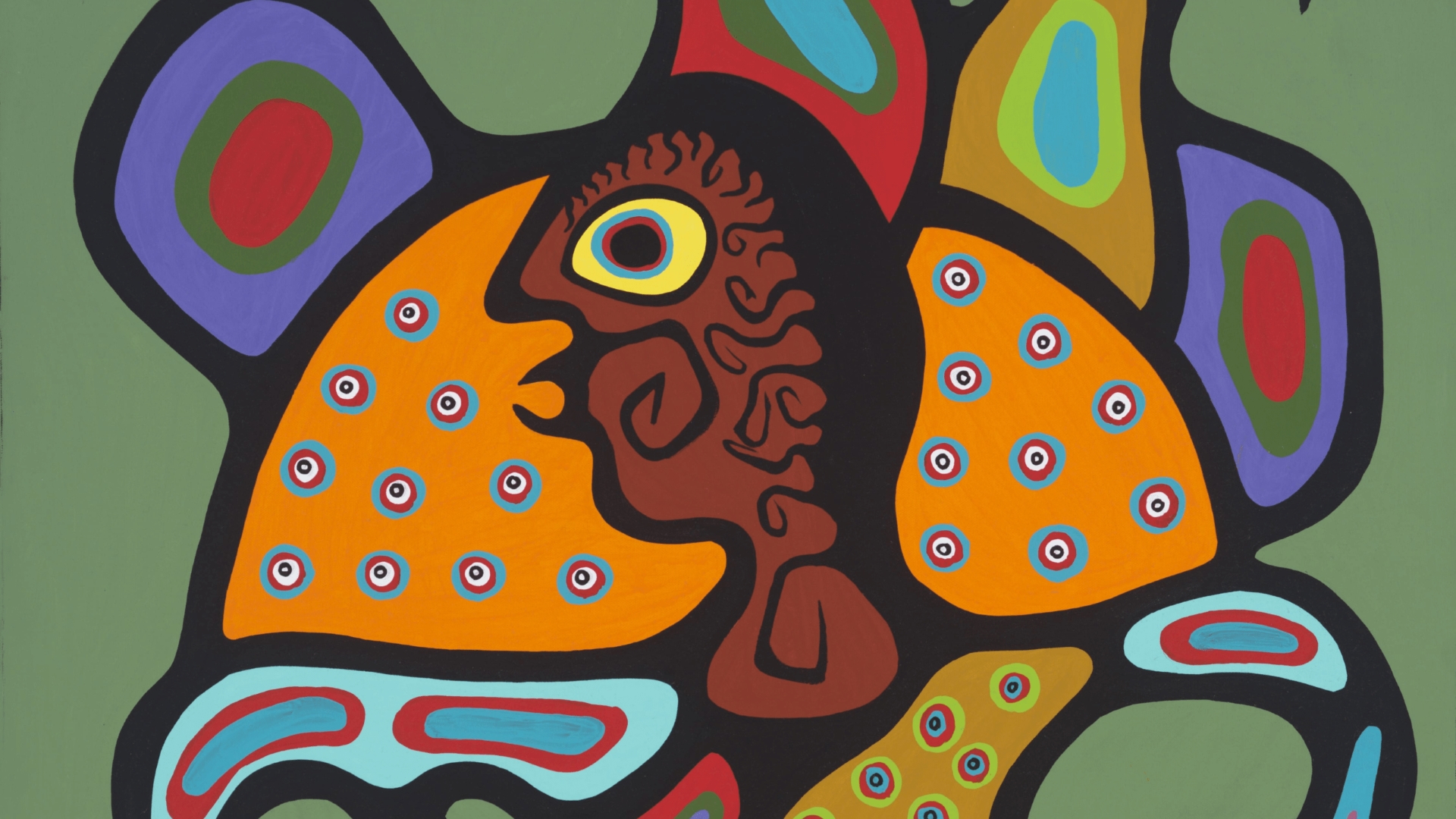
Yours in Native Spirit: Richard Bedwash
While the vivid, symbol-rich images of Anishinaabe artist Richard Bedwash are clearly about storytelling, this is only one facet of a more intricate narrative that connects his work, his life, and the cultural landscapes of Guelph. Born in 1936 on Long Lac Reserve #58, Bedwash grew up in an environment steeped in traditional Ojibwe teachings and knowledge until the age of 7. He was then sent to St. Joseph’s Residential School in Thunder Bay, an institution where six children died and another 16 remain unaccounted for, as highlighted in Tanya Talaga’s Seven Fallen Feathers.
While Bedwash would return to the reserve and to more traditional ways of life at the age of twelve, the displacement he had experienced would shape his later interest in artistic expression, as did his relationship with Norval Morrisseau, who became a lifelong friend. Bedwash apprenticed with Morrisseau from 1966 to 1968, developing his own approach to the Woodland style that Morrisseau had pioneered. Immersing himself in the stories of Elders, painting offered Bedwash a means to reconnect with the worldview that was so central to the culture and history of his community. His paintings here convey elements of Ojibwe beliefs and stories, using bold, pure colours and black lines to create images that suggest symbolic and spiritual meaning, accompanied by his own short narrations that draw on stories he read or heard – or parts of stories that he made into his own.
At the heart of a conversation about the local landscape and what is valued and commemorated, Bedwash’s artwork resurfaced in public discourse in Guelph in 2023 as murals attributed to the artist remain at risk within the aging structure of the abandoned Guelph Correctional Centre (Ontario Reformatory). The murals were created while he served a term there in the 1970s and was active in the Native Sons, a grassroots organization established in 1976 by Indigenous inmates at the correctional centre. Then, as now, young Indigenous men were disproportionately represented in the correctional system. Finding community there, “Native Brotherhoods” such as Native Sons affirmed the healing value of traditional knowledge and ceremony while supporting cultural, social, and spiritual expression within a justice system that consistently failed them.
Creative activity was perceived as integral to rehabilitation at the correctional centre, and, in 1977, the Native Sons published a collection of poetry accompanied by Bedwash’s line drawings, two of which appear on the gallery walls, along with several poems. At that time, Judith Nasby, the founding Director of the Macdonald Stewart Art Centre, now the Art Gallery of Guelph, began a correspondence with the artist, whose letters – in beautiful script – are each signed “Yours in Native spirit, Richard Bedwash.” Nasby would ultimately commission a set of paintings—the foundation for his first solo exhibition. Deeply impacted by the colonialism of incarceration, from his experience of residential school to his term in the correctional centre, Bedwash’s expressive paintings were a reclamation of knowledge, a visual language of traditional stories and oral histories that he was intent on preserving and passing on.

AGG’s interactive tours are presented with the support of the 2020 City of Guelph Emergency Fund.
Virtual Tour
View More Virtual Tours
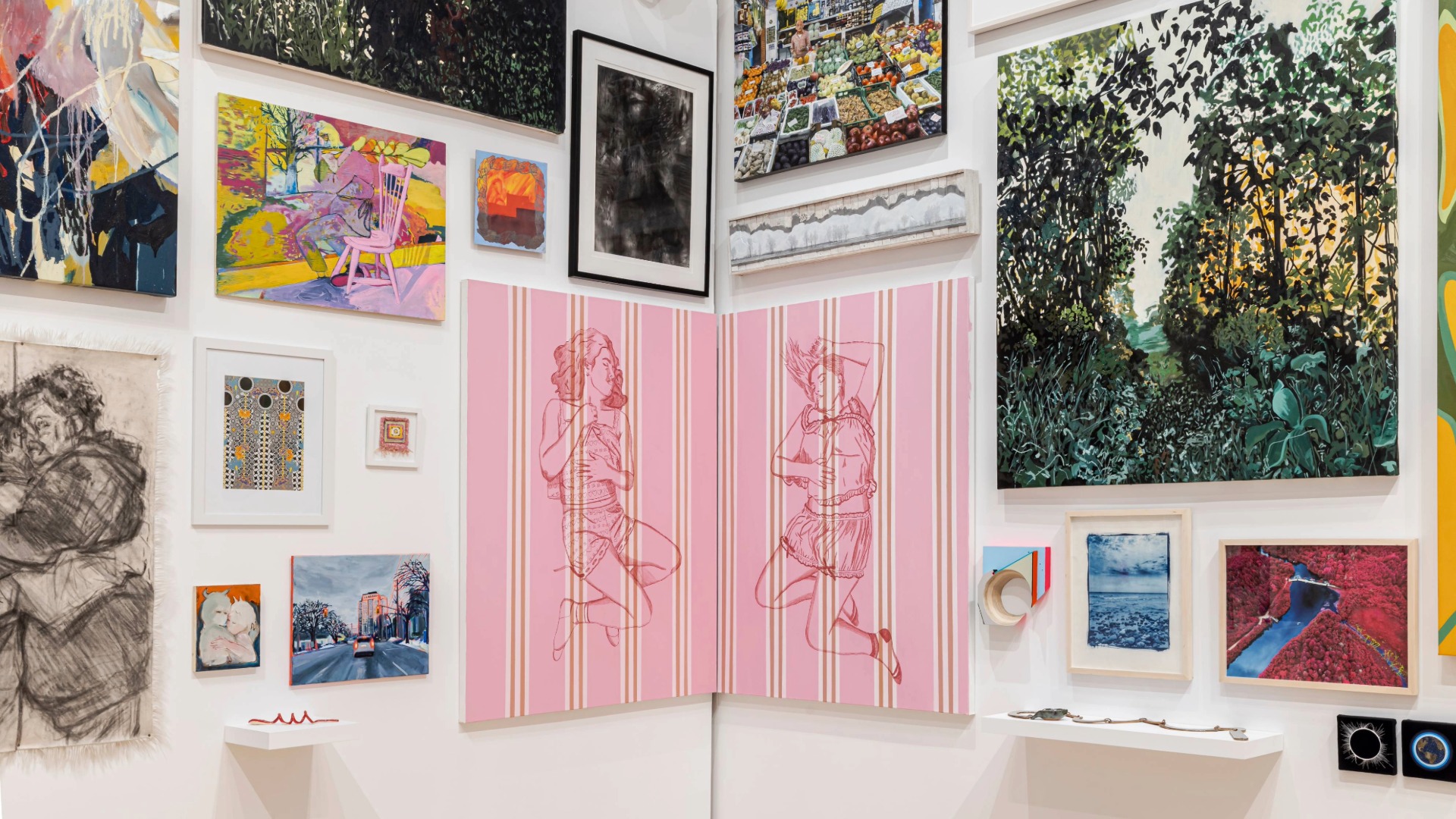
Virtual Tour
May 22.2025 August 29.2025
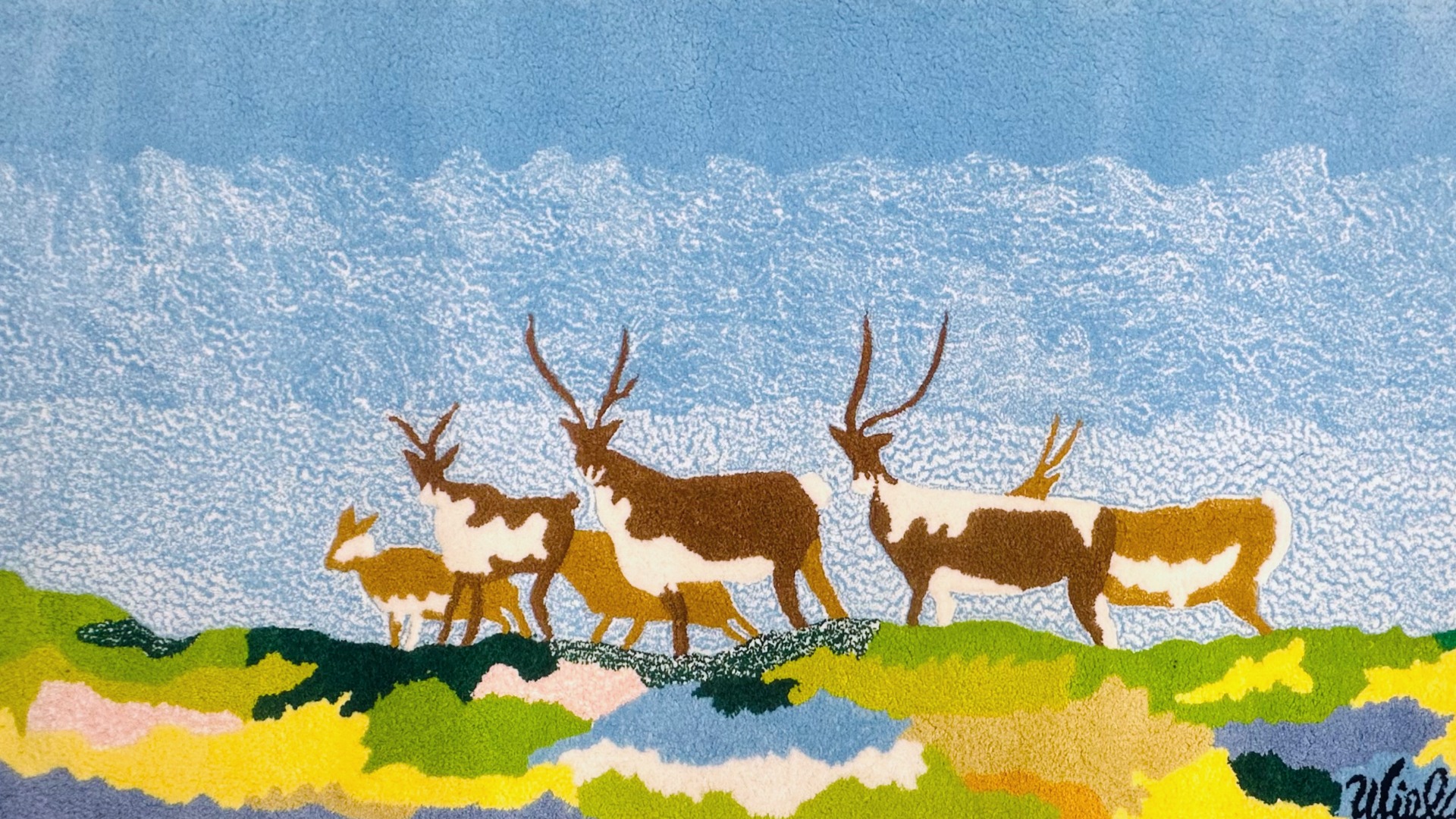
Virtual Tour
May 22.2025 August 29.2025
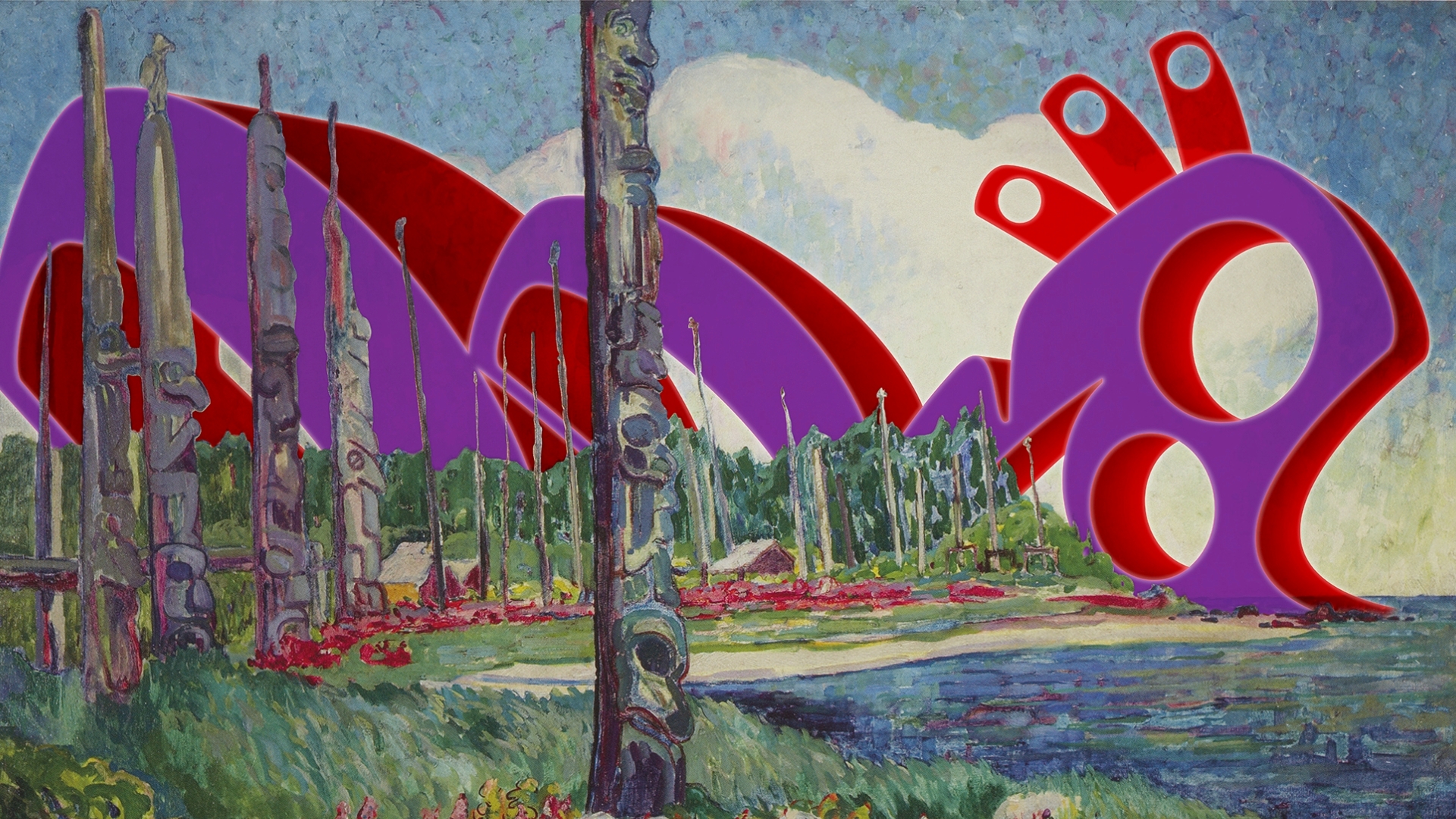
Virtual Tour
Contemporary Indigenous Artists at AGG
January 16.2025 May 4.2025
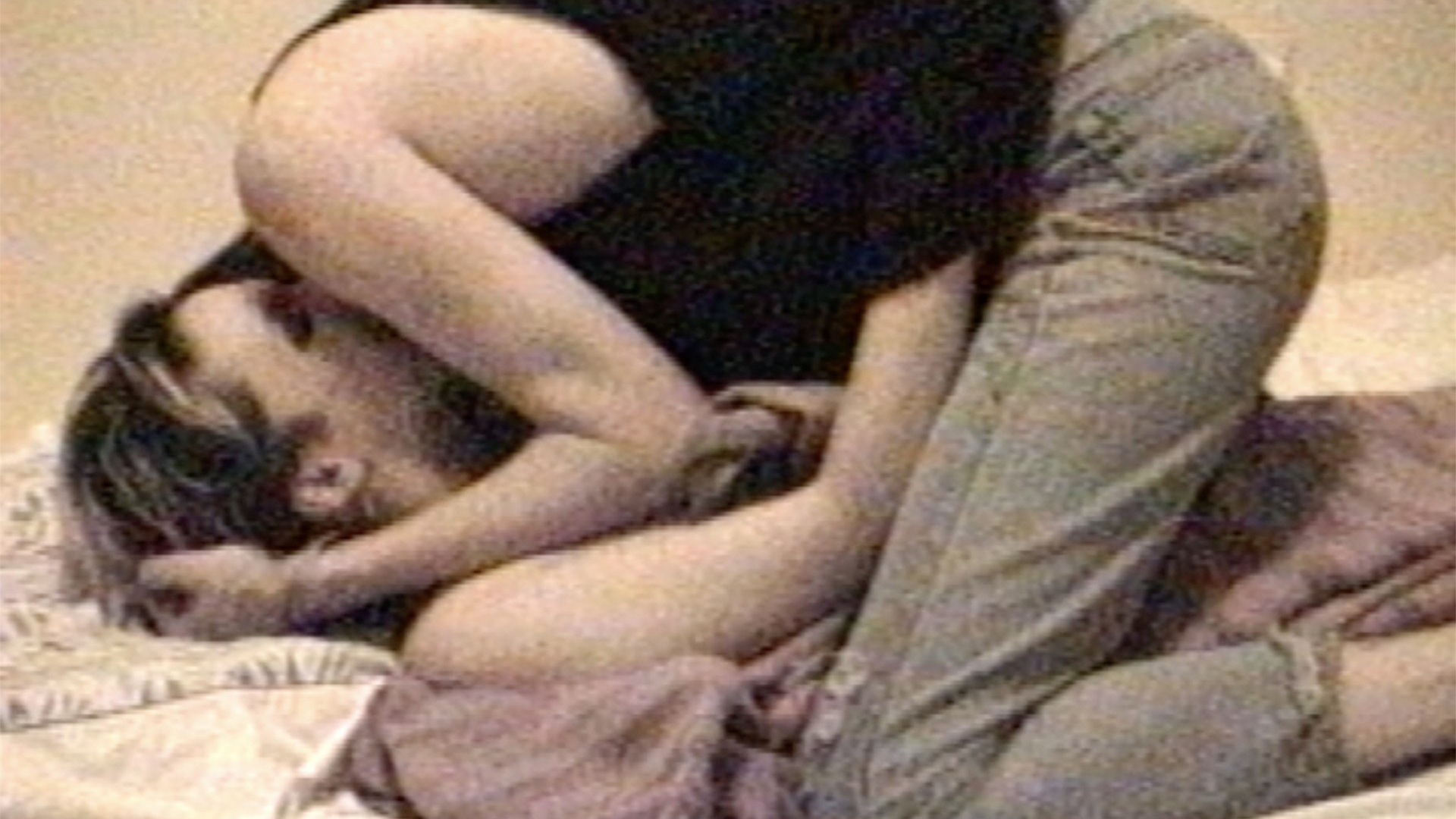
Virtual Tour
September 12.2024 December 15.2024
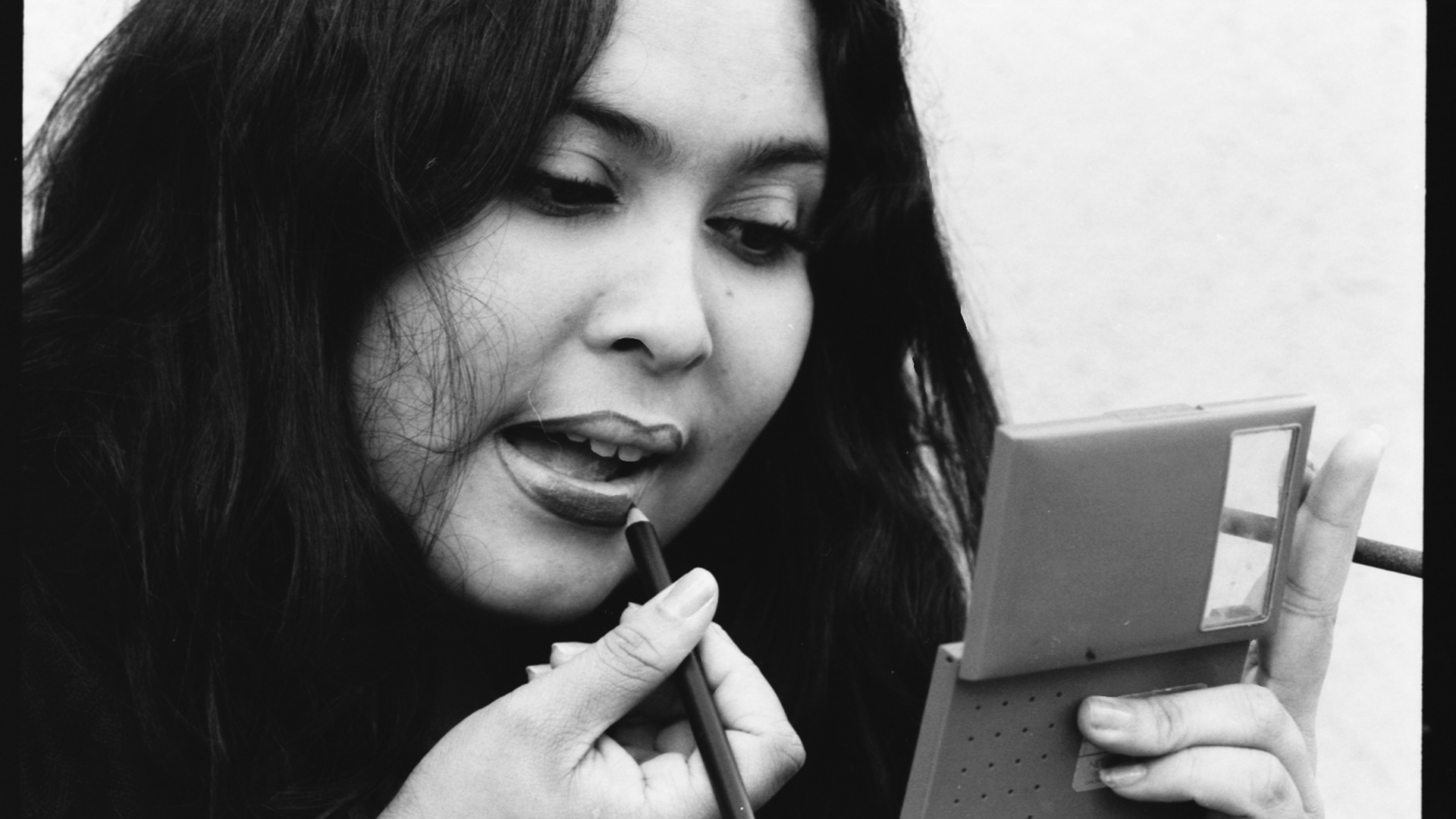
Virtual Tour
September 12.2024 December 15.2024

Virtual Tour
September 5.2024 December 29.2024
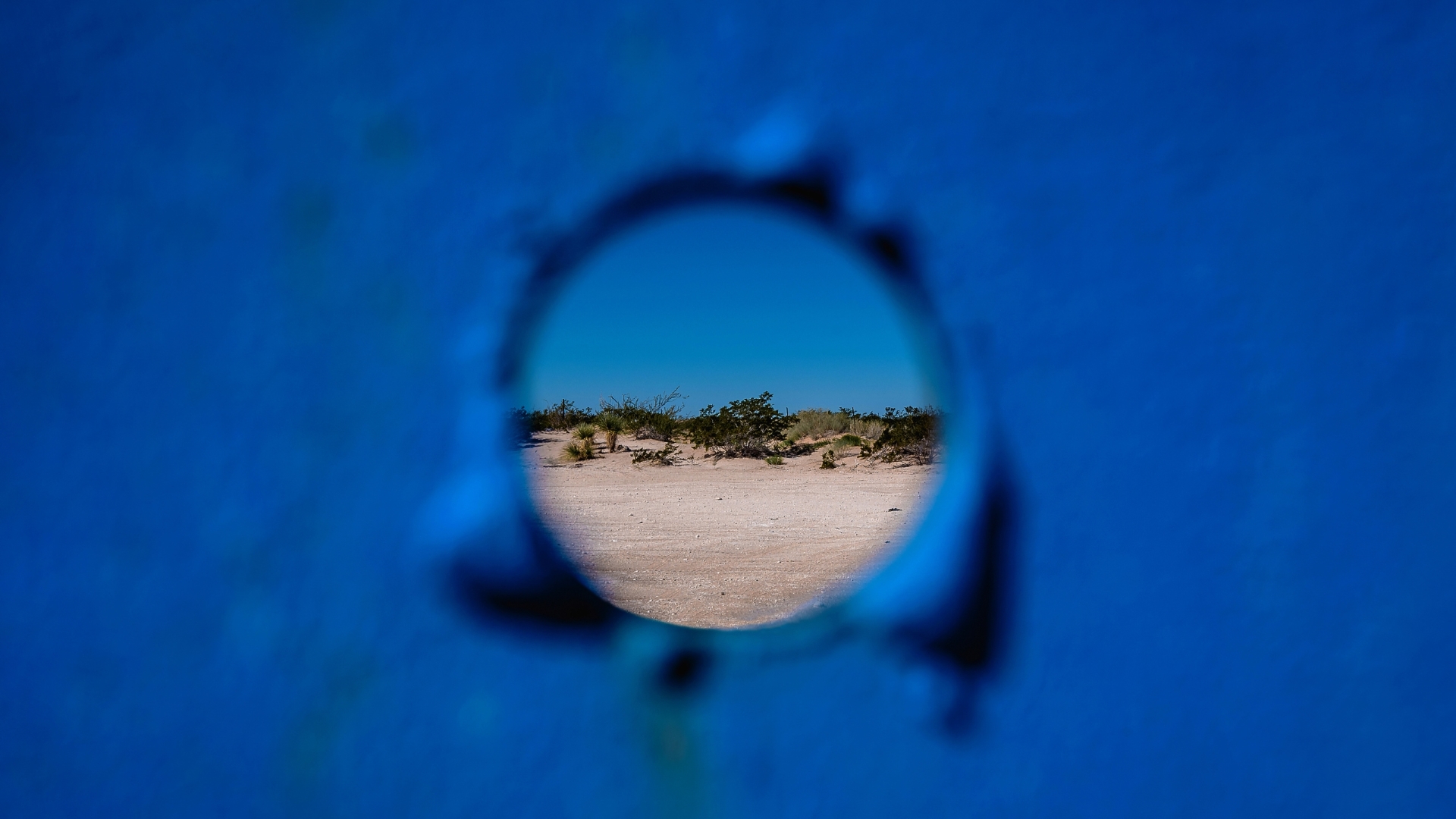
Virtual Tour
May 2.2024 August 30.2024
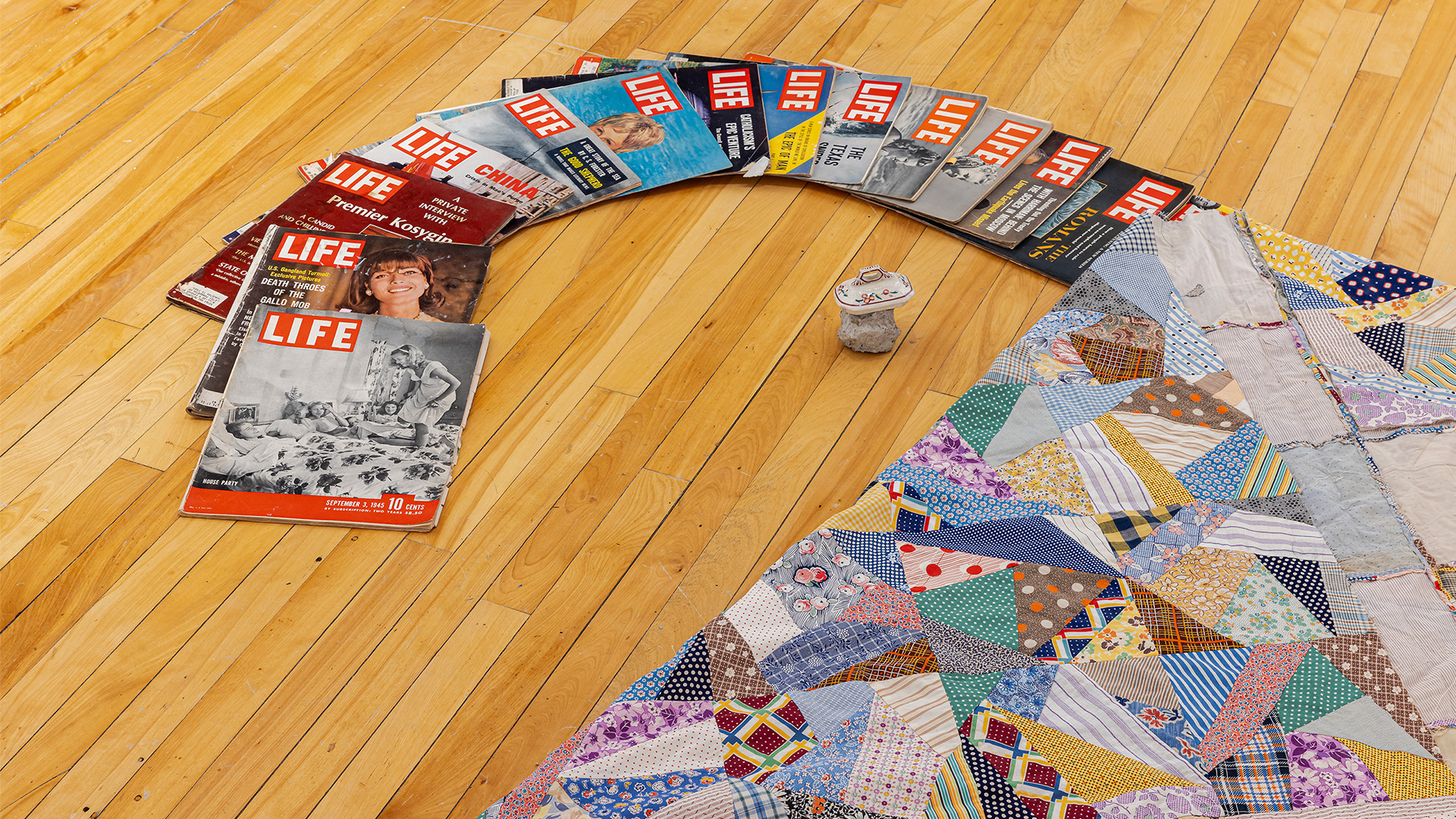
Virtual Tour
January 18.2024 April 21.2024



